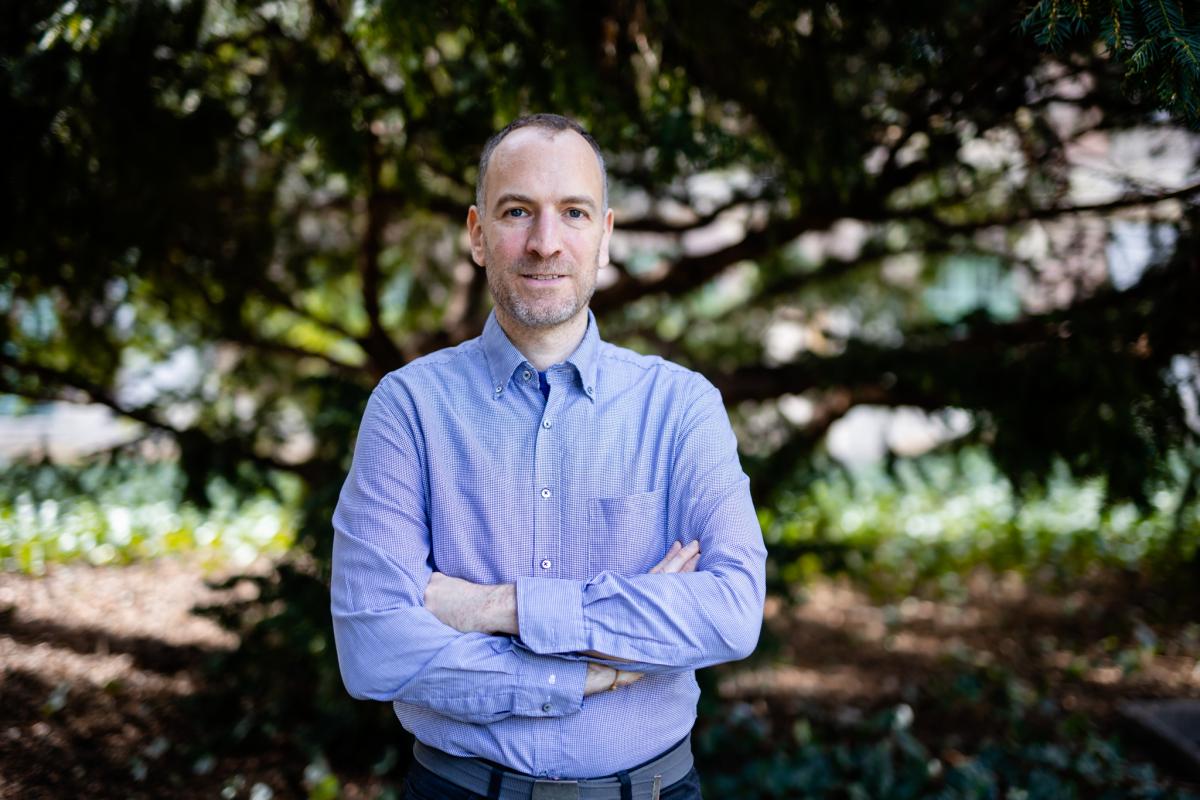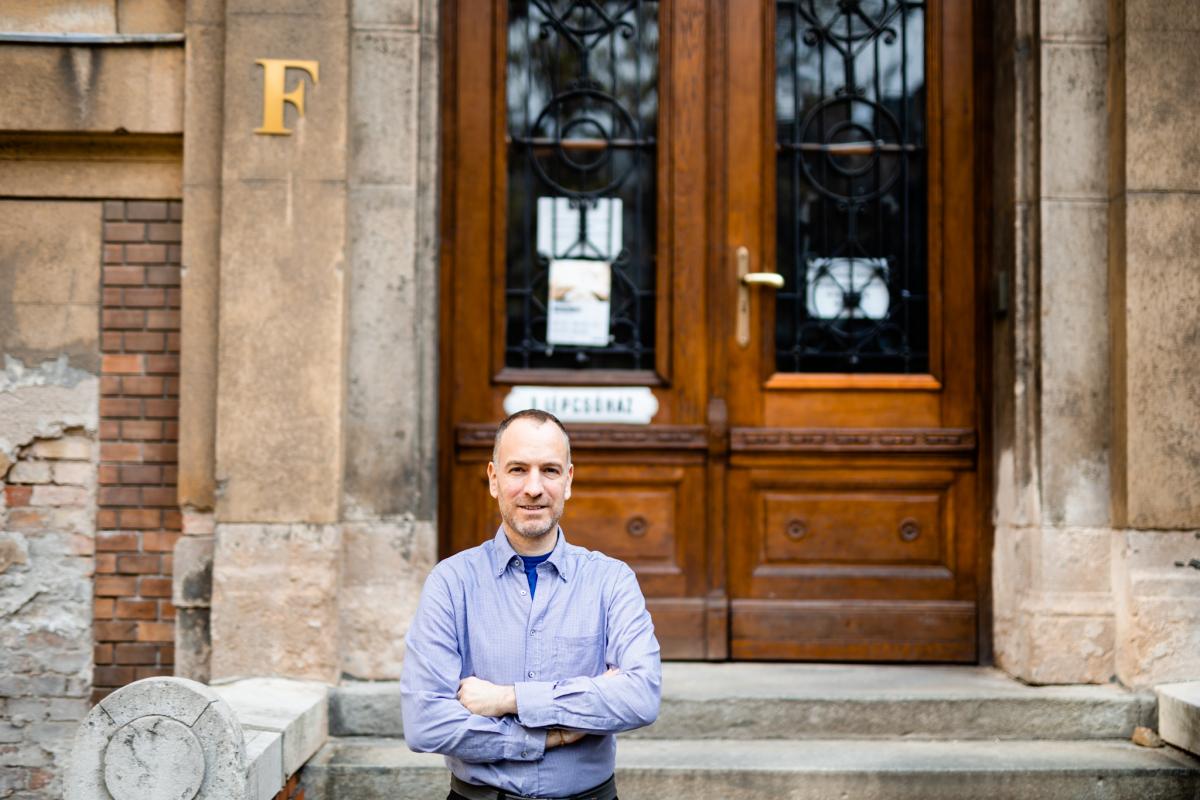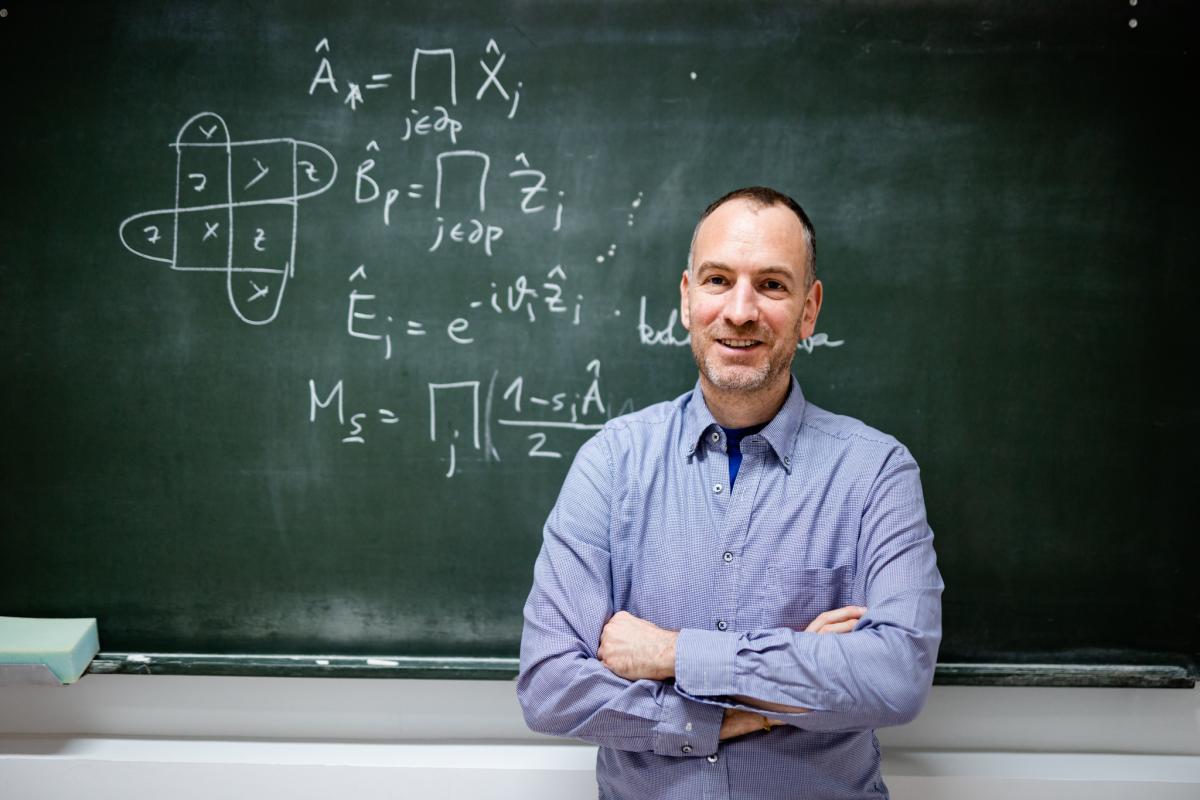News feed
European quantum computer to be built with BME’s participation
2023. 04. 24.The project named Open Superconducting Quantum Computers was launched on March 1 uniting 28 research partners from 10 European countries aiming to develop a 1000 qubit quantum computer.
Of Hungary’s science institutes, the Faculty of Natural Sciences of the Budapest University of Technology and Economics (BME TTK) and the Wigner Research Centre for Physics participate in the OpenSuperQPlus project contributing to the development of the quantum computer by providing theoretical support. These two institutions will be involved in the development of various methods for quantum error correction and fault tolerant computations and also in the design of the software programmes necessary for the operation of the quantum computer. On behalf of BME, the research activities will be supervised by János Károly Asbóth and András Pályi, associate professors from the Department of Theoretical Physics of the Faculty of Natural Sciences.
The seven-year-long cooperation of the project planned to last until 2030 strongly relies on the contributions of the research teams with the expected outcome of the development of a 1000 qubit quantum computer. In the first phase of 3.5 years, the consortium is developing several systems for evaluating hardware and software as well as initially a 100-qubit quantum computer for special applications. In the second phase of the project, the scientists will work on the critical components of the 1000-qubit quantum computer and determine the technology directions of advanced development. This project is anticipated to trigger major changes in the chemical industry, material science, optimisation challenges and machine learning.
Source: https://twitter.com/OpenSuperQPlus/status/1630855461187514368
‘We are bringing together European specialists for all the components of such a quantum computing system under a unified framework – be they in the public or private sector. The technological challenge of beating errors in quantum computers and scaling them up needs all hands on deck from the outstanding quantum ecosystem in Europe, stressed Frank Wilhelm-Mauch, coordinator of the German Frank Wilhelm-Mauch of Forschungszentrum Jülich talking about the objective of the cooperation.

Source: Forschungszentrum Jülich/Sascha Kreklau
The OpenSuperQPlus project received funding of EUR 20 million from the European Union’s Horizon Europe thematic programme. For the first phase of the project, BME’s Faculty of Natural Sciences receives funding of EUR 274000 to be spent on scientific research activities by the participants. We interviewed János Asbóth, associate professor of the Department of Theoretical Physics and senior research fellow of the Wigner Research Centre for Physics about the project.

We hear a lot about quantum computers these days. What type of quantum computers are already used in the world?
As this technology is still in its infancy, only quantum computer prototypes are now available, which work on low qubits and with fairly noisy parts. For the time being, even the most advanced hardware still uses superconducting circuits while quantum computers working with atoms floating in vacuum are also promising. Both American and European tech giants and startups have built around 100-qubit computers based on these hardwares. The best today are probably the quantum computers of IBM and Google, both based on superconducting circuits. Google’s 72-qubit chip is fairly reliable and fast while IBM successfully integrated 433 quantum bits on a chip although its reliability is probably significantly poorer. In academia, Open in the name of the project refers to open development, one of the most outstanding superconducting quantum computers was built by ETH in Zurich and while it is only 17-qubit, this is the first device with which quantum error correction was achieved with repeated measurements. This development was part of the OpenSuperQ project, which is now continued under the name OpenSuperQPlus.
How are the Hungarian partners involved in the new project?
The Wigner Research Centre and BME TTK will contribute to the success of the project with theoretical research. On the one hand, they are studying what algorithm procedures may be used to improve the reliability of the quantum computer prototype(s) to be built. On the other hand, they are examining what tasks can already be processed by these prototypes including quantum chemistry computations but also certain components of machine learning.
When you say their reliability needs to be improved, you mean that they are not reliable enough, they can make errors?
Today’s quantum computer prototypes contain a low number of quantum bits and are very unreliable. Quantum bits are prone to lose their quantum properties even when they are left alone. And we not only do not leave them alone but run various operations on them, which involve errors in the magnitude of tenth of a percent. On top of this, the readout error of the bits of quantum computers is also very high, around 1 to 2%. The improvement of their reliability is a huge technical challenge where software and statistical means can also be helpful. This is where BME offers its contribution to OpenSuperQPlus: we are developing algorithm solutions that can help reduce the impact of the noise generated by quantum computers.
How unreliable are they? Is there a reference computer or are their calculations compared with those of traditional computers?
For the purpose of benchmarking, calculations where we know the solution can be run on quantum computers. This allows to measure the noise level of the various components.
Do you think traditional computers will still be around and will even be developed?
Absolutely! Quantum computers will unlikely be used for everyday computing tasks: traditional computers are much more cost-efficient for activities like word processing, web browsing and content consumption. Quantum computers are not suitable for data storage either as the delicate quantum conditions of their bits are much more exposed to noise than in the case of traditional computers.

In what areas and what purposes these quantum computers can be used for?
It is likely that the acceleration of quantum chemical calculations will be the first area of application. Both the chemical and the pharmaceutical industry could benefit from the understanding of the theory of complex chemical reactions as this could lead to more efficient manufacturing processes such as more energy efficient plastic production or the development of better medicinal products. It is easy to see how a quantum computer that is able to generate quantum entanglement in its bits could be useful for modelling chemical reactions using quantum entanglement. The answer to what other applications quantum computers can be used for in the future is still unclear but many are thinking hard about it.
Why is this project important to the European Union?
The OpenSuperQPlus provides resources for the fragmented European quantum computer developer community to coordinate their efforts in order to keep up with the USA and China as regards the building of quantum computers. The goal is to build a 100-qubit superconducting quantum computer through the collaboration of European scientists until 2026 and also to construct a 1000-qubit computer in the academic/research sector in this decade. These may sound like ambitious goals but the development objectives of the USA’s leading quantum computing companies (IBM, Google) are even more daring. It is also important to note that the gap in development progress is not only relevant between the USA and Europe but also between the academia and the private sector, this is the reason why the project has the term ‘open’ in its name as the ambition is to carry out open scientific development.
How did you get in touch with the consortium when it was forming?
BME, the Wigner Research Centre for Physics and ELTE’s research team on quantum information work together in the Quantum Information National Laboratory, this was where the idea of us joining OpenSuperQPlus on the theory side was first entertained. We wrote to Frank Wilhelm-Mauch, the head of the consortium, in the right moment building on our existing personal relations. He was familiar with our research projects and thought our participation was going to be useful for the consortium.

Is it possible and if yes, how to benefit from these international projects in teaching and in your own research? Are you able to involve students in this project?
Yes, we already rely on students from BME TTK active in the field of research: BSc, MSc and PhD are all working with us. This research also has many benefits in terms of our quantum physics and quantum computing subjects at BME TTK and the close cooperation with leading international researchers allows us to offer state-of-the-art and competitive knowledge to our faculty’s students.
Which students are invited to participate in the project?
Some of our students have already been working toward objectives defined by the project as well; this is one of the reasons why we were able to join. The research projects of these students will now be adjusted to allow them to be more involved in the work of the consortium. This project automatically offers them an interface, a platform where they can join cutting edge research and closely interact with foreign scientists.
Have you started the work yet? How much time do you expect you need to invest in the research under the project?
Work started on March 1 and because the administration procedures are quite slow in the EU, we have not yet signed the consortium agreement but an initial online meeting has already taken place. Our kick-off meeting is scheduled for the end of May, this is what we are now preparing for and we have already contacted other participants who, like us, will be involved in the theoretical aspects of the work. Most of our research time will be dedicated to this project but, as I said earlier, this will not be a major change as our own research themes and the project’s objectives largely overlap.
|
Research under this project is closely linked to BME’s intensive quantum technology scientific work, which is mostly conducted in the Quantum Information National Laboratory: the scientists are developing new types of hybrid quantum bit architectures, quantum communications systems and the related components together with quantum algorithms and protocols. Quantum technology is also represented in education: this autumn, BME will be the first in Hungary to introduce an English language physicist-engineer programme where Hungarian and foreign students will learn knowledge necessary for research and development in quantum technology and nanotechnology. |
KJ-TZS
Photo: B. Geberle
